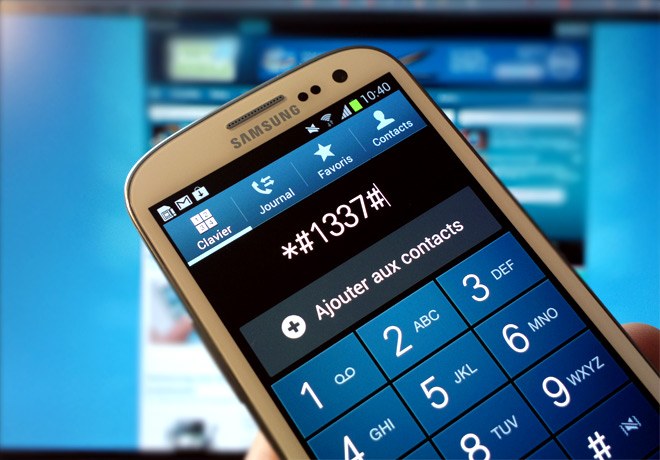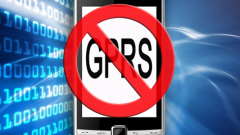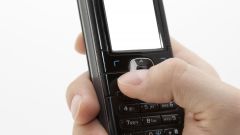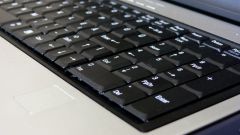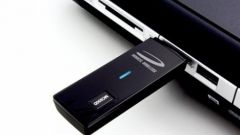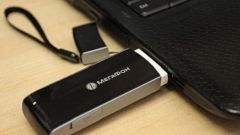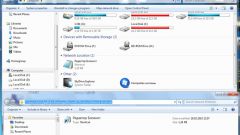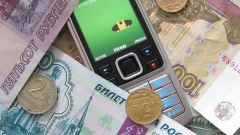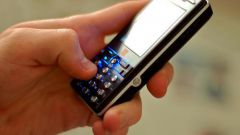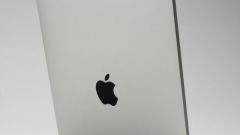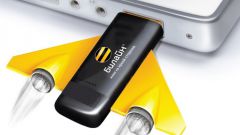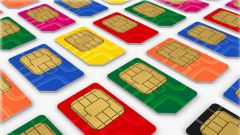USSD is abbreviation for Unstructured Supplementary Service Data. This is one of the services in GSM networks, which allows subscribers to quickly interact with the service applications of the operator. The technology involved in the transmission of data via USSD-request, has certain technical and functional similarity with the technology of SMS, but has some differences.
USSD is a session oriented technology, in which data transmission is performed within an established session. In this part of the build is very similar to USSD services for interactive systems based on IVR – Interactive Voice Response. The main difference between USSD IVR from is the lack of voice connection between the caller and the service.
The original purpose of USSD communication was the provision to the subscriber of possibility of self-management profile of services in HLR – database of information about subscribers, as well as interact with built-in HLR services. Over time, technology has added a function to connect external applications, then a USSD communication was ideally suited to work with the information services that have the dialog structure service inquiries, banking services, service subscribers and other.
To explain the operation of USSD services can be a specific example. For example, the subscriber is required to ascertain the status of settlements with its operators. The service "Check balance" system USSD assigned short number 100. In order to use this service, the customer needs to type on your mobile phone combination *100# and press the call key.
The symbols * and # at the beginning and end of the number used for the mobile operator understand what is happening is not a call but a request for services USSD service. When the processing request is transmitted to the corresponding USSD application. Further, USSD-application interacts with billing system database, retrieves necessary information and sends it in USSD packet to the mobile phone. The contents of this package is displayed as text on the device screen.
The system of USSD-queries allows to obtain minimum possible delay between a subscriber request and its reply to the statement that it is impossible to achieve when using applications based on SMS. However, the USSD technology is not a competitor of SMS. These two services are mutually reinforcing. They allow mobile operators to combine both methods, providing subscribers the opportunity to choose the most convenient one.
Features of USSD technology
USSD is a session oriented technology, in which data transmission is performed within an established session. In this part of the build is very similar to USSD services for interactive systems based on IVR – Interactive Voice Response. The main difference between USSD IVR from is the lack of voice connection between the caller and the service.
The original purpose of USSD communication was the provision to the subscriber of possibility of self-management profile of services in HLR – database of information about subscribers, as well as interact with built-in HLR services. Over time, technology has added a function to connect external applications, then a USSD communication was ideally suited to work with the information services that have the dialog structure service inquiries, banking services, service subscribers and other.
The principle of operation of the USSD service
To explain the operation of USSD services can be a specific example. For example, the subscriber is required to ascertain the status of settlements with its operators. The service "Check balance" system USSD assigned short number 100. In order to use this service, the customer needs to type on your mobile phone combination *100# and press the call key.
The symbols * and # at the beginning and end of the number used for the mobile operator understand what is happening is not a call but a request for services USSD service. When the processing request is transmitted to the corresponding USSD application. Further, USSD-application interacts with billing system database, retrieves necessary information and sends it in USSD packet to the mobile phone. The contents of this package is displayed as text on the device screen.
The system of USSD-queries allows to obtain minimum possible delay between a subscriber request and its reply to the statement that it is impossible to achieve when using applications based on SMS. However, the USSD technology is not a competitor of SMS. These two services are mutually reinforcing. They allow mobile operators to combine both methods, providing subscribers the opportunity to choose the most convenient one.
